Most survival skills are environmentally dependent. The way you’d build a shelter in the arctic tundra is quite different from the way you’d perform that same task in a rainforest. But camouflage is perhaps the most environmentally varied survival skill of all. In nature, we see animal species that are uniquely adapted to blend into the exact colors and textures of their surroundings — mottled brown owls, bright green caterpillars, stealthy tan lions, and so on. Many species, such as snowshoe hares, even change their coats seasonally to maintain concealment year-round. Below, we'll take a look at desert camouflage and movement techniques suitable for the scrub brush and sandy terrain of Arizona.
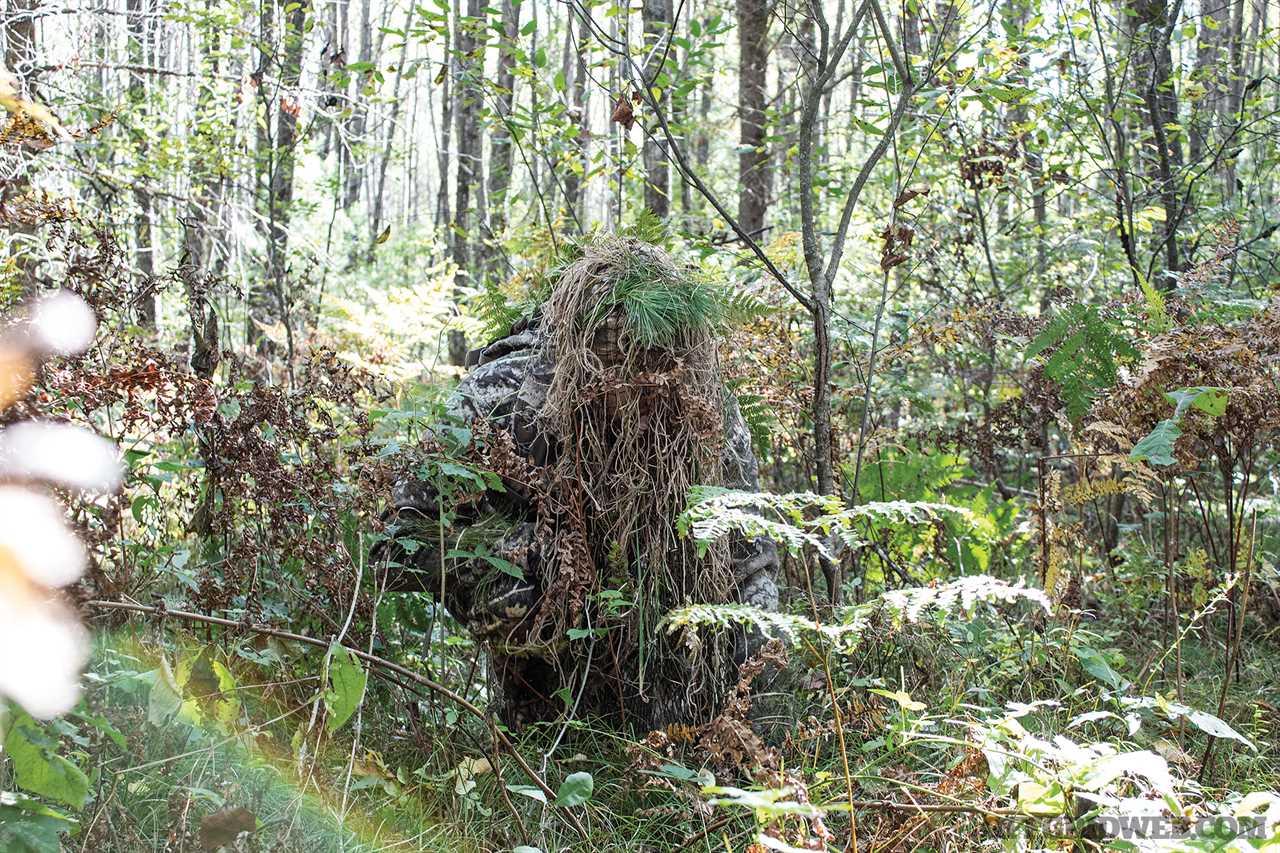
Above: As shown in our previous camo article by Offgrid staff Patrick Diedrich, the dense greenery and filtered sunlight of the Michigan forest requires a different approach to camo craft.
Some of you may recall our feature article in Issue 54 about Greenside Training’s Camo Craft class. The author of that article, Patrick Diedrich, attended a course in Michigan’s Upper Peninsula and wrote about his experiences learning to blend into the dense forest. Around the same time, I also attended a Greenside Training class in a drastically different setting: the Arizona desert. In this article, I’ll briefly examine some of the variations in gear and technique as they apply to the desert.
Considerations for Desert Camouflage
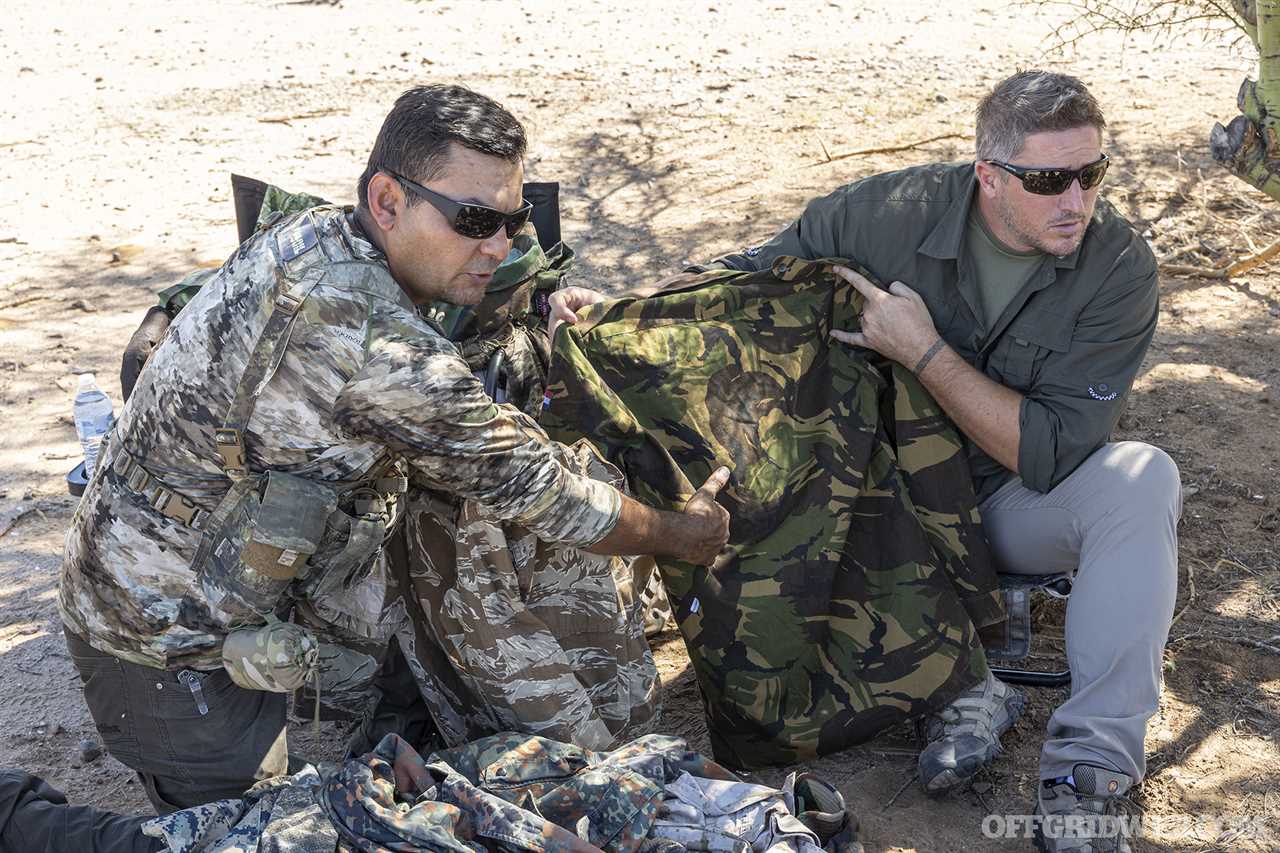
Above: Freddy Osuna of Greenside Training (left) and Corey Clancy of GPS Defense Sniper School (right) compared various camouflage patterns. Freddy is wearing a Raider Concealment shirt with an A-TACS iX chest rig while holding a Desert Tiger Stripe shirt. Each of these patterns proved quite effective in Arizona. The Dutch M93 DPM camo shirt Corey is holding was far too dark for this environment.
Greenside Training founder and former USMC Scout Sniper Freddy Osuna began by reiterating the three main ways humans detect objects: movement, shape, and contrast. In the sparse, low-lying vegetation of the Sonoran Desert, movement and contrast are especially apparent. Clearings and areas with minimal cover (called “low-traction areas” by Osuna) are plentiful, so experienced trackers will spend more time scanning the few “high-traction areas” (i.e. good hiding places). This gives them a strong chance of identifying you there. Move cautiously to avoid detection, and always be aware of your backdrop to limit contrast.
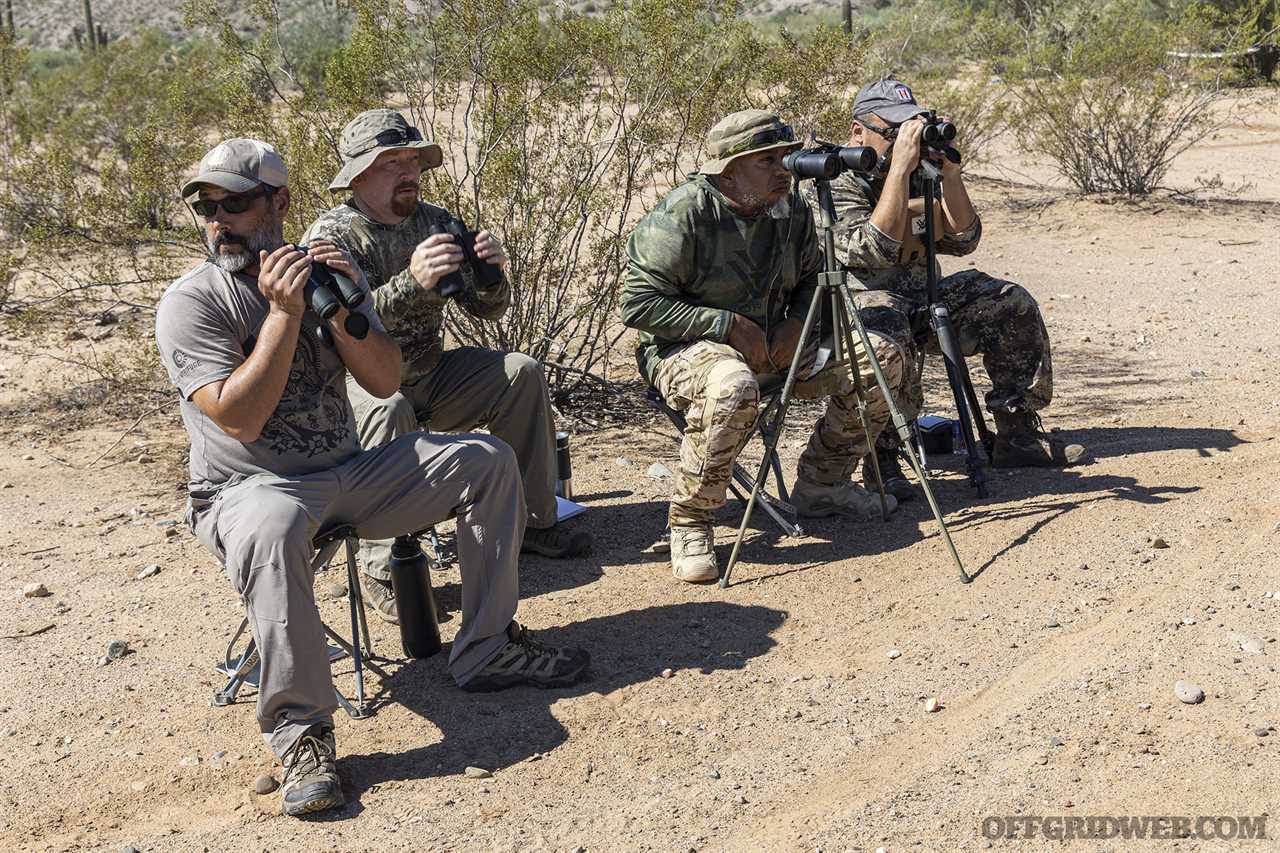
Above: Students spent a large portion of the class learning to observe and scan environments. Becoming more observant will allow you to become more evasive.
Plan your route carefully to avoid large clearings. In the desert, your options will be limited. When you do have to cross a clearing, a painfully slow “skull drag” face-down crawl may be necessary to conceal your movement.
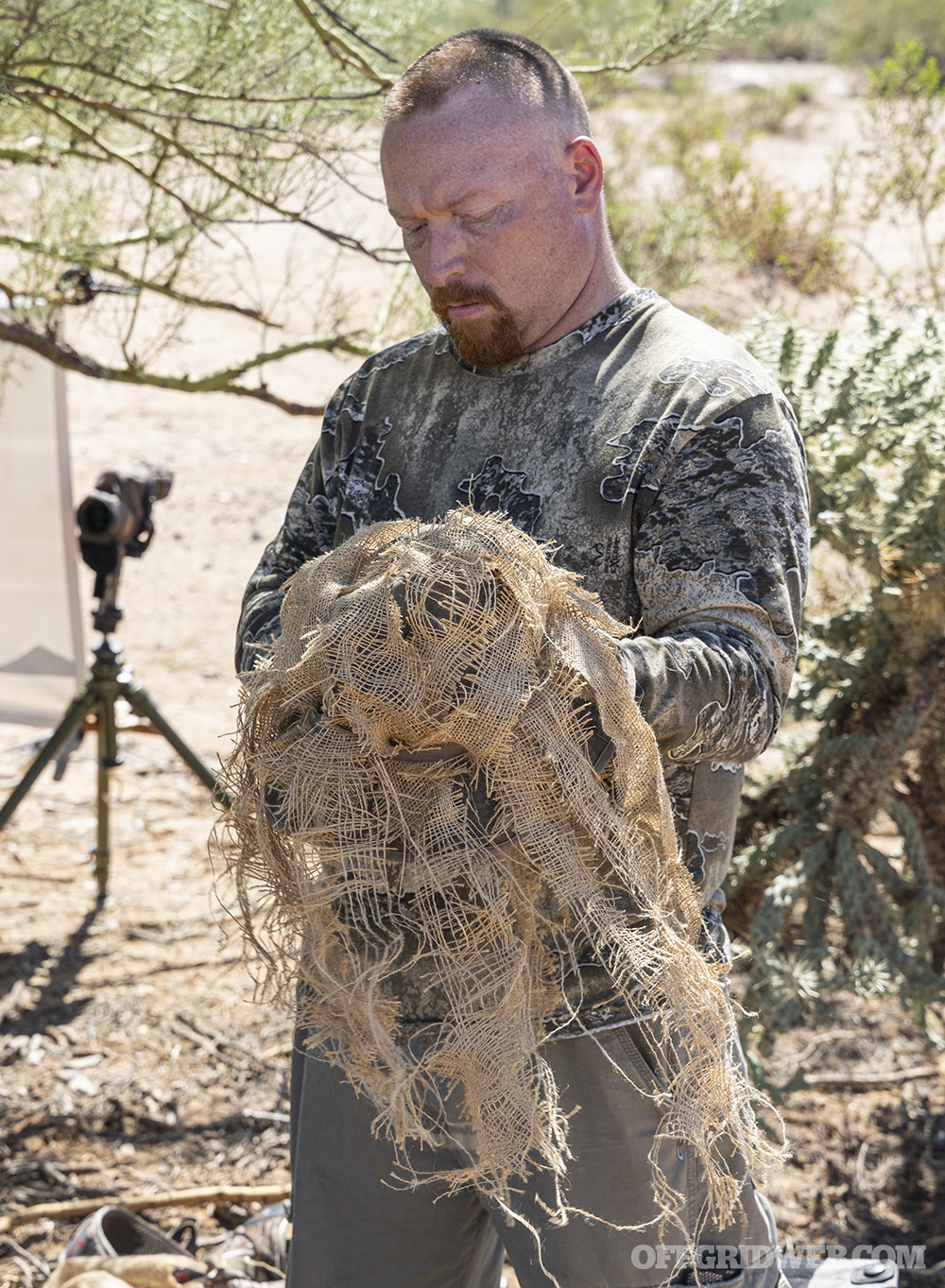
Above: Veils were constructed using materials such as burlap, jute, mesh, string, and natural plant matter. Breaking up the head and shoulders is critical, since that shape is the most identifiable sign of a human silhouette.
There is one upside to the scarcity of dense foliage, and that’s a lack of branches that will be displaced as you pass through. In forested areas with thick brush, every twig you crawl past moves slightly overhead, and a keen-eyed observer will see the difference between breeze movement and animal/human movement. This is still a consideration in the desert, but it’s much less frequent.
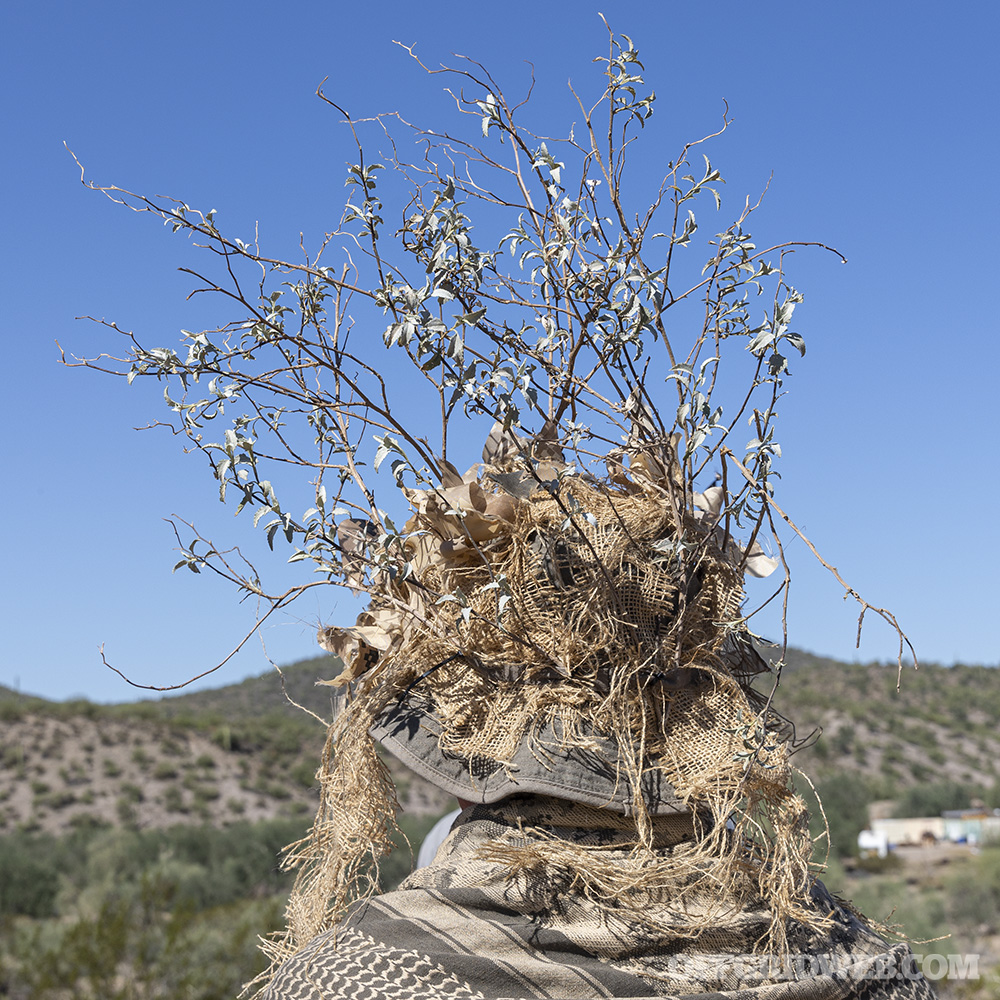
Above: While this elaborate veil certainly breaks up the head's outline, the movement of its thin twigs allowed instructors to spot this student quickly. Later, he pared it down to a much sleeker appearance.
The best hiding spots in the desert are often the most uninviting. Get used to baking daytime heat, freezing nighttime cold, and being poked by cacti and mesquite thorns. As Osuna put it, “If you’re comfortable in a position, you’re wrong.” The hellish cholla cactus field ahead is your salvation; the inviting shaded spot under a lone tree is a death trap.
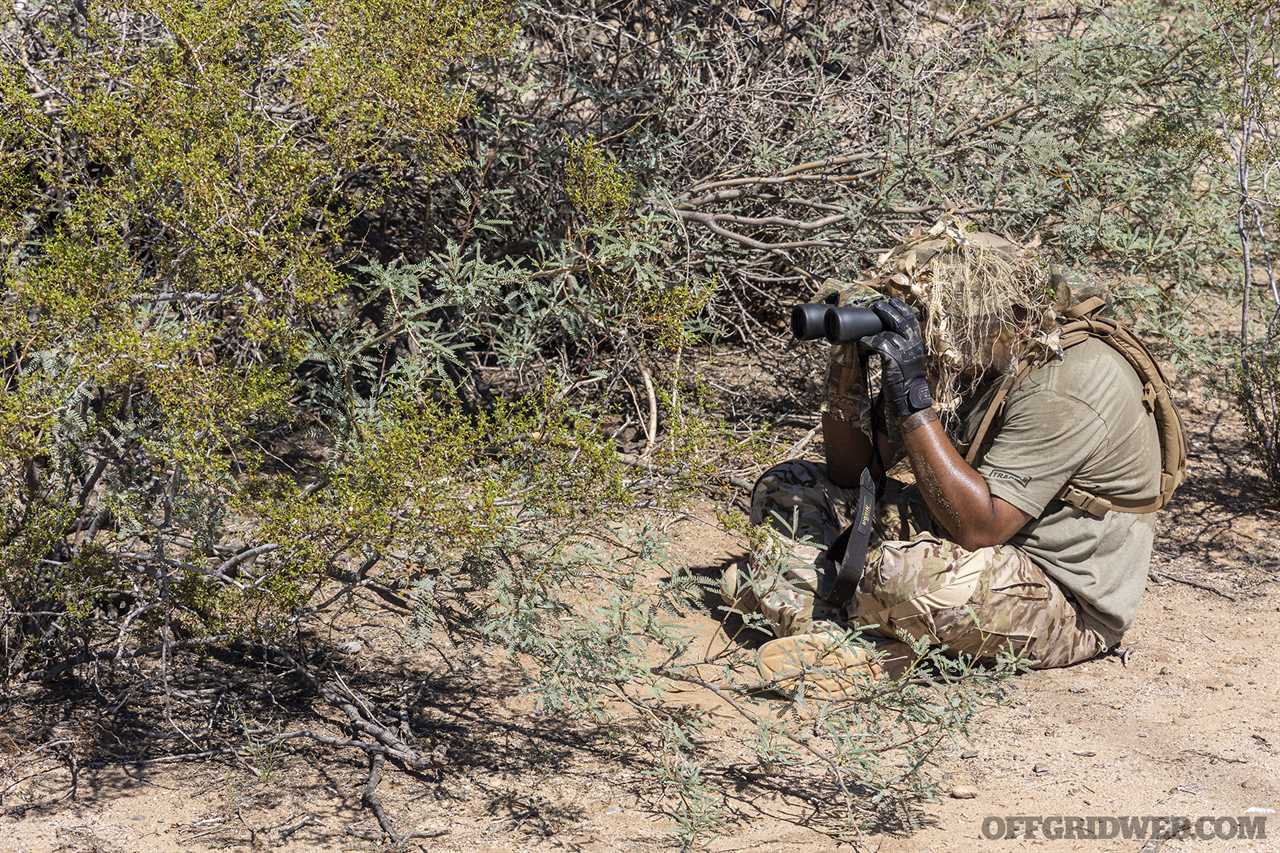
Above: In the desert heat, sweat or sunblock can cause skin to become shiny. It's wise to cover exposed skin as much as possible.
Another crucial factor in the bright desert sun is reflectivity. Whether it’s the glisten of your sweaty skin or a sparkle of light from your watch, the intense sun has a tendency to reveal any shiny object. Half of the students in our first observation exercise were identified by instructors due to the glint of their binocular lenses. Even though they were clad head-to-toe in camouflage fabric and wearing ghillie veils to break up the outlines of their bodies, the glass revealed them in an instant. After that point, we learned to wrap our bino lenses in camouflage mesh with small slits cut for visibility.
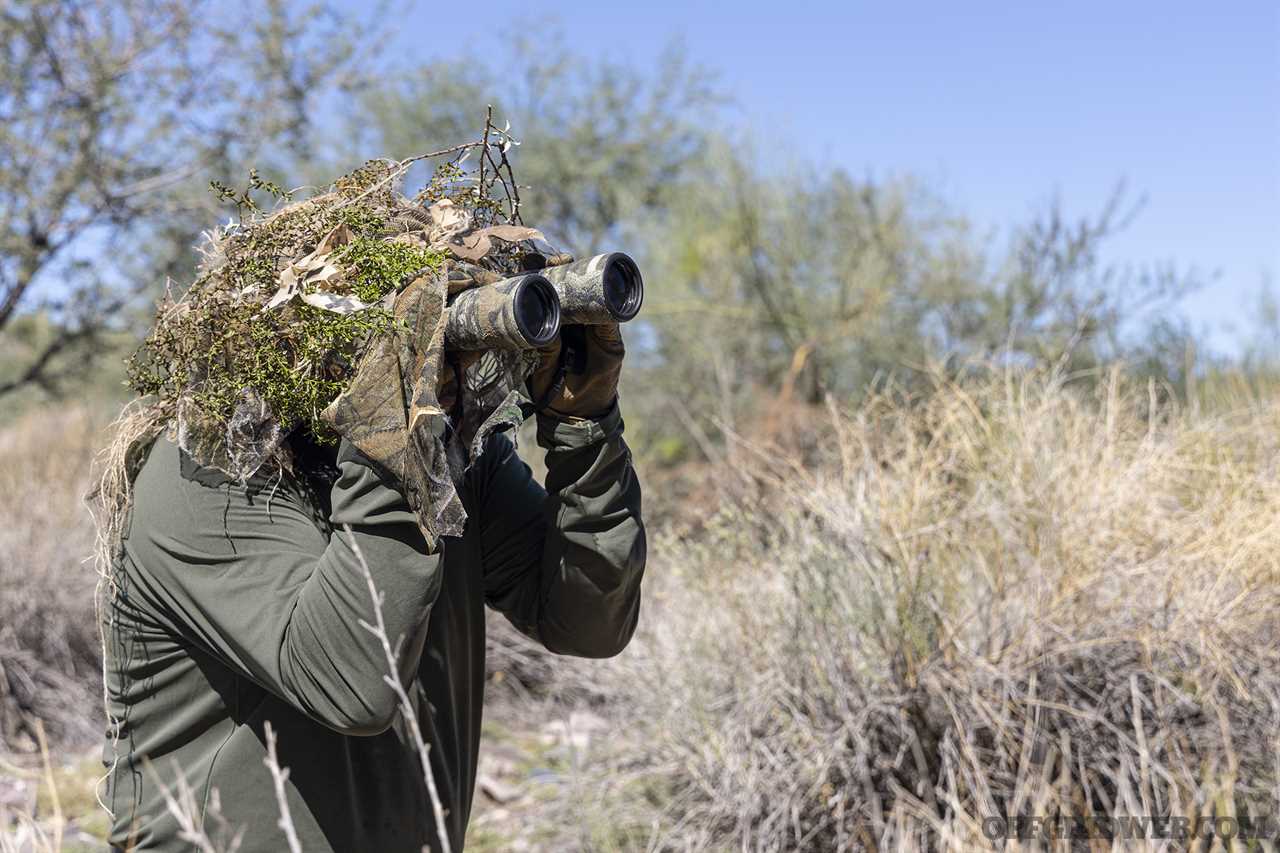
Above: Even though the body of this set of binoculars is wrapped in camouflage tape, the exposed lenses catch sunlight and can be a dead giveaway.
Know Your Home Turf
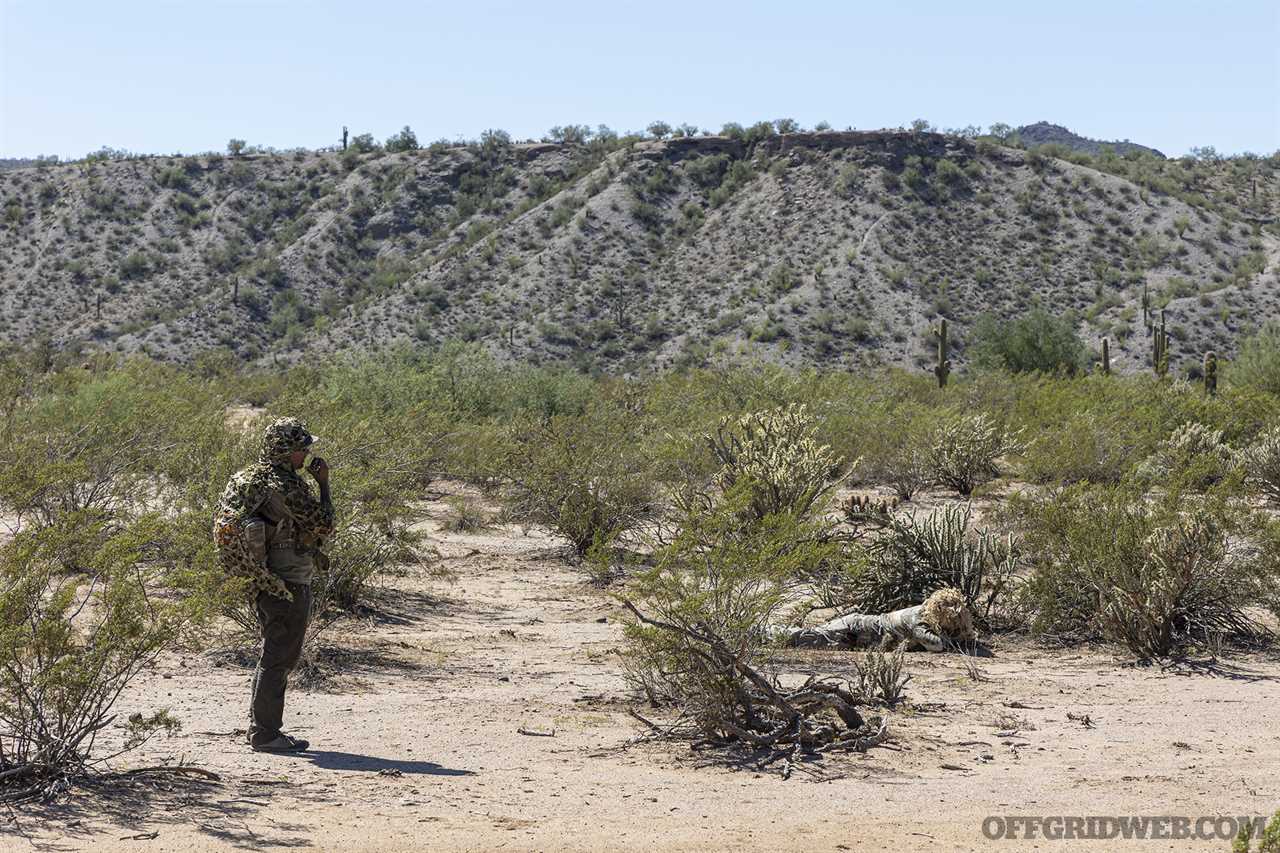
Above: Sparse, waist-high bushes and cacti don't provide much concealment. Crawling on your belly over hot sand may be the only way to stay hidden while moving through some parts of the desert. Get comfortable being uncomfortable.
Above all, remember that observers in any environment — whether they’re animals you’re hunting or people you’re trying to avoid — are typically operating on their home turf. They know instinctively what looks out of place. This applies to goat herders in the Middle East who have never left a 15-mile radius of their home, and it also applies to your nosy busybody neighbor who knows every inch of the block. Whether you’re in the desert of Arizona or the forest of Michigan, to evade the locals, you need to be observant and methodical. However, don’t play it too safe. Osuna frequently reminded us to be bold in our movements when the opportunity presented itself. Never pass up a chance to sneak past a distracted or lazy observer, because you may not get that chance again.
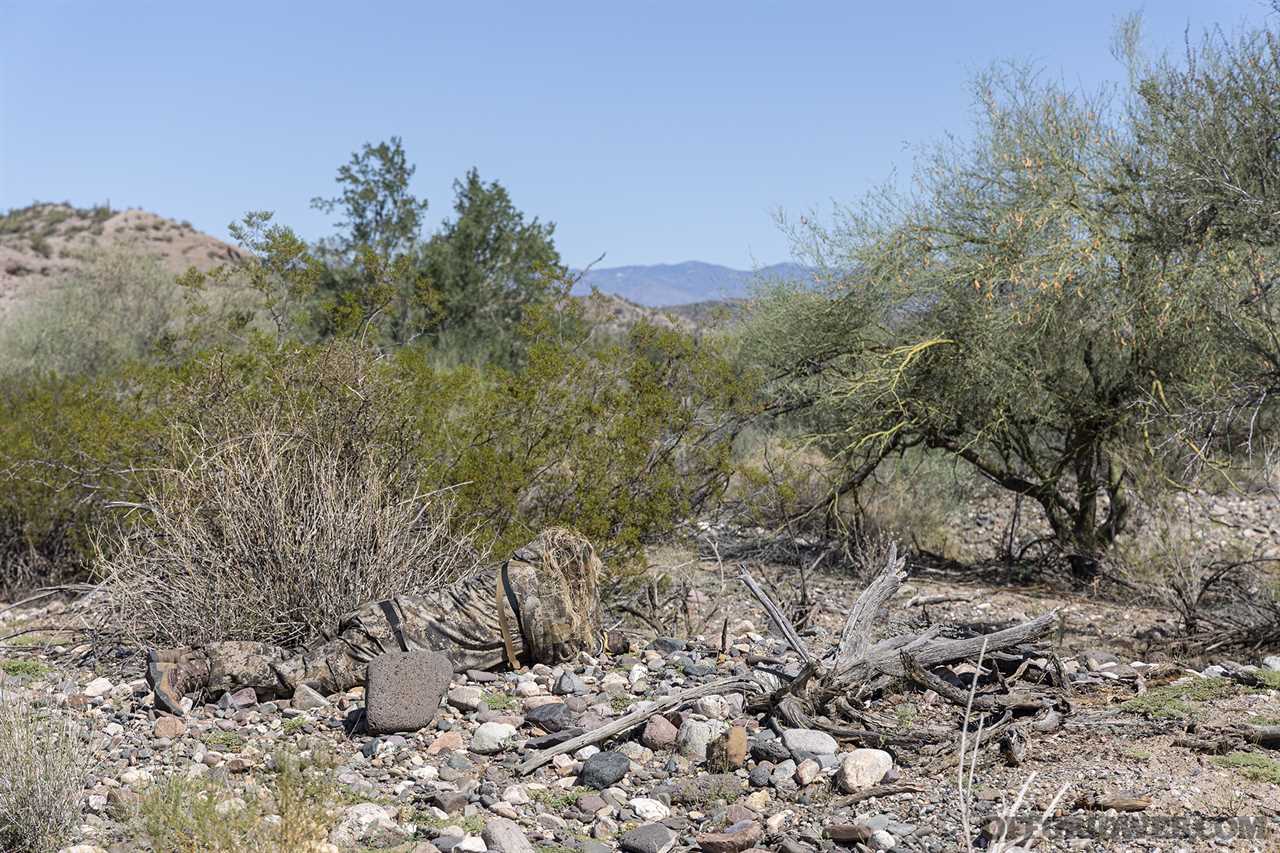
Above: With the right blend of off-the-shelf camouflage apparel, a carefully-constructed ghillie veil, and patient movement, you can melt seamlessly into almost any environment.
I got a lot of valuable lessons from this class, and really enjoyed learning more about how to blend into the desert that is my own backyard (or detect others who are attempting to do so). For more information on upcoming Greenside Training Camo Craft classes, go to greensidetraining.com.
Related Posts
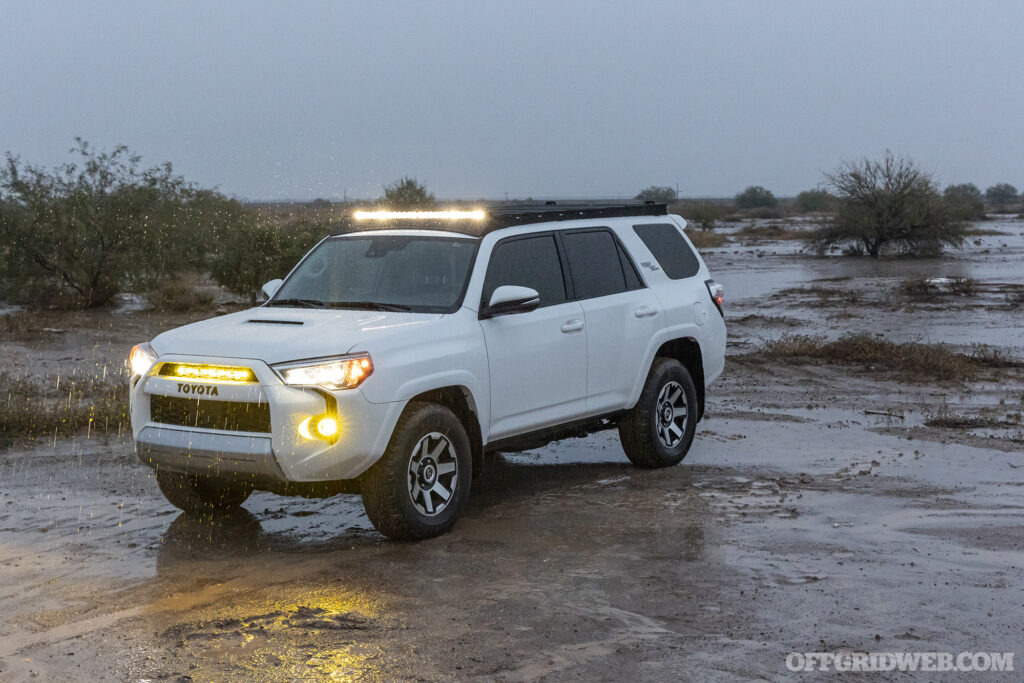
4Runner Upgrades: Westcott Roof Rack, Baja Designs Lights, & sPODThe next phase of our 5th Gen 4Runner build includes a Westcott Designs roof rack, Baja Designs lights, and an sPOD control system.
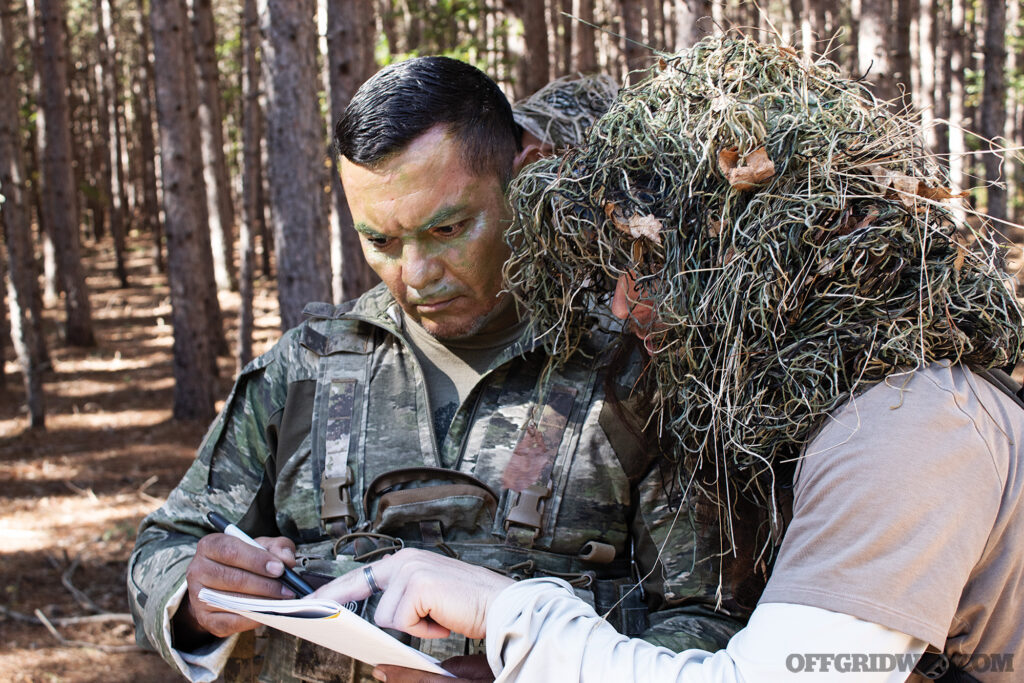
Camouflage and Concealment 101: Honing the Art of Sensory DefeatIn this Greenside Training camouflage class, we were armed with our own optics and a bag materials, and settled in to learn sensory defeat.
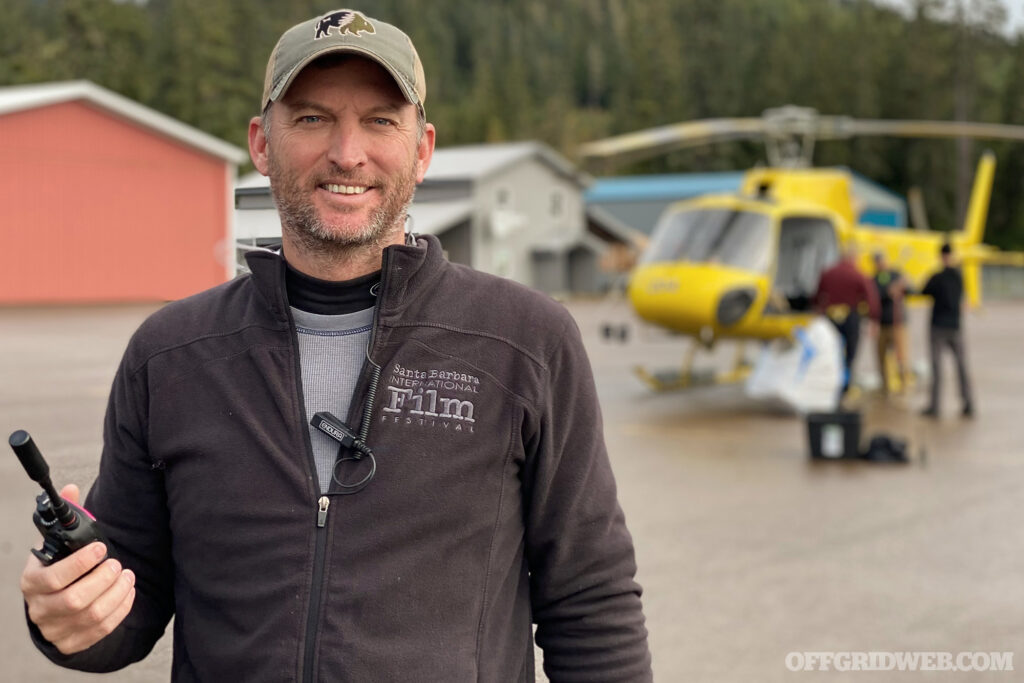
The Making of Outlast: Our Q&A with the Executive ProducerWe spoke with series Executive Producer Grant Kahler regarding the filming of Netflix Outlast and what it takes to survive the wilderness.
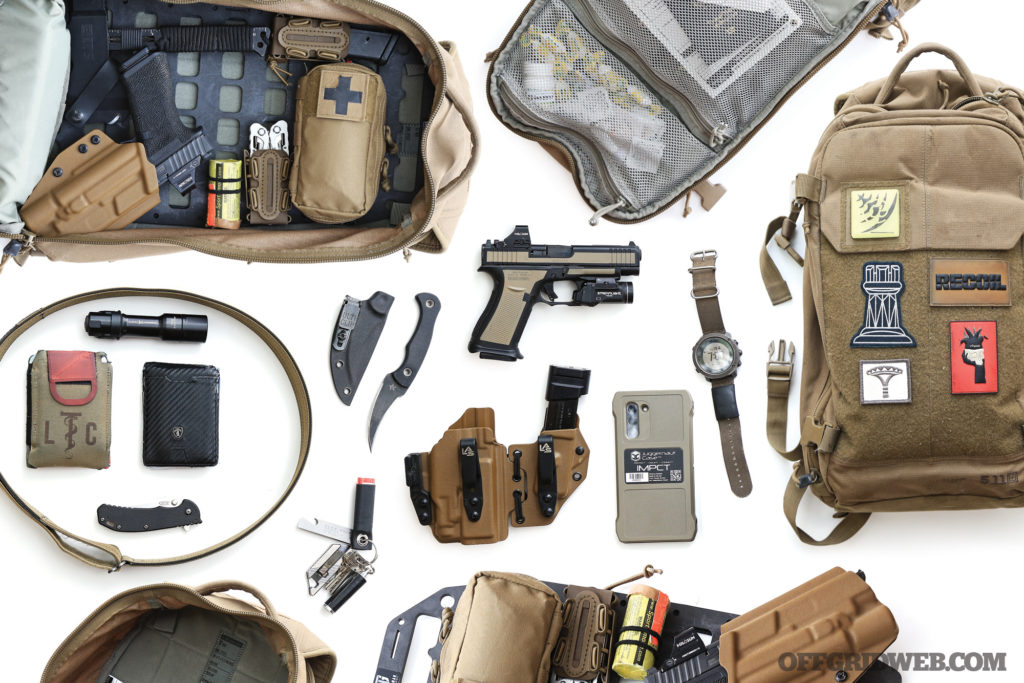
Preps of the Pros: OFFGRID Editor Tom Marshall's EDC Gear & Go BagDefend, Move, Communicate, Medicate — your EDC gear should enable you to protect yourself, navigate, call for help, and treat injuries.
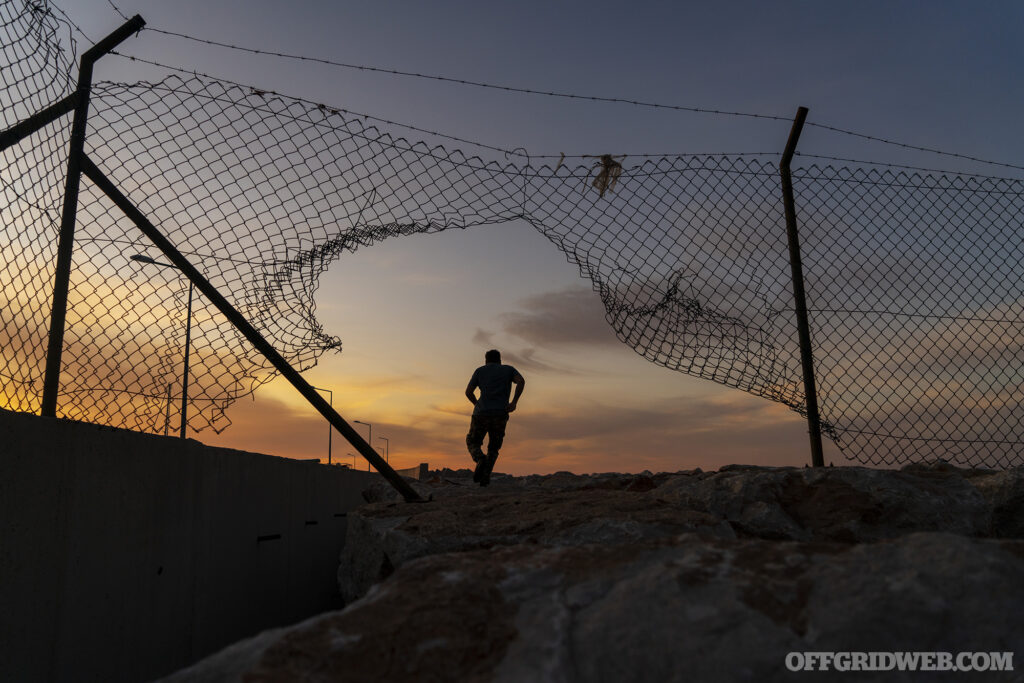
Letter from the Editor: All Restraints Are Temporary…We’ve decided to take this issue to examine how to evade danger — whether it’s before or after you’ve been actively held hostage.

Outlast on Netflix: New TV Show Blends “Alone” with “Lord of the Flies”A new Netflix series called Outlast splits 16 contestants into teams to see who can survive longest and claim a million-dollar cash prize.
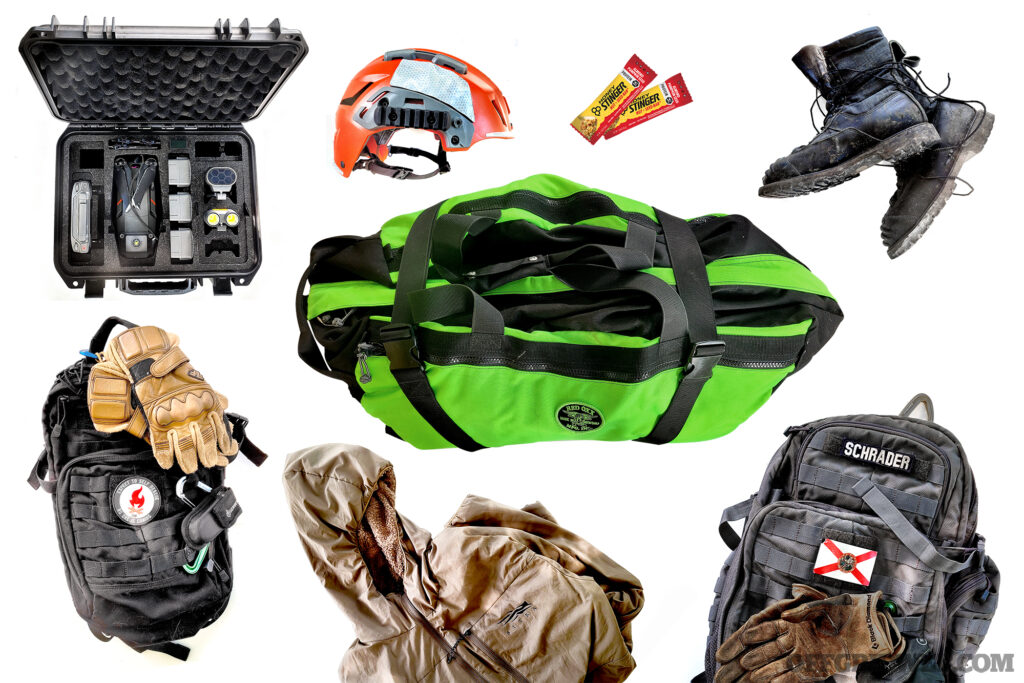
Bag Drop: Red Oxx Search and Rescue Duffel BagThe Red Oxx Manufacturing Sherpa Jr. serves as a “mothership” to my smaller search and rescue bags and keeps my bulky gear all in one place.
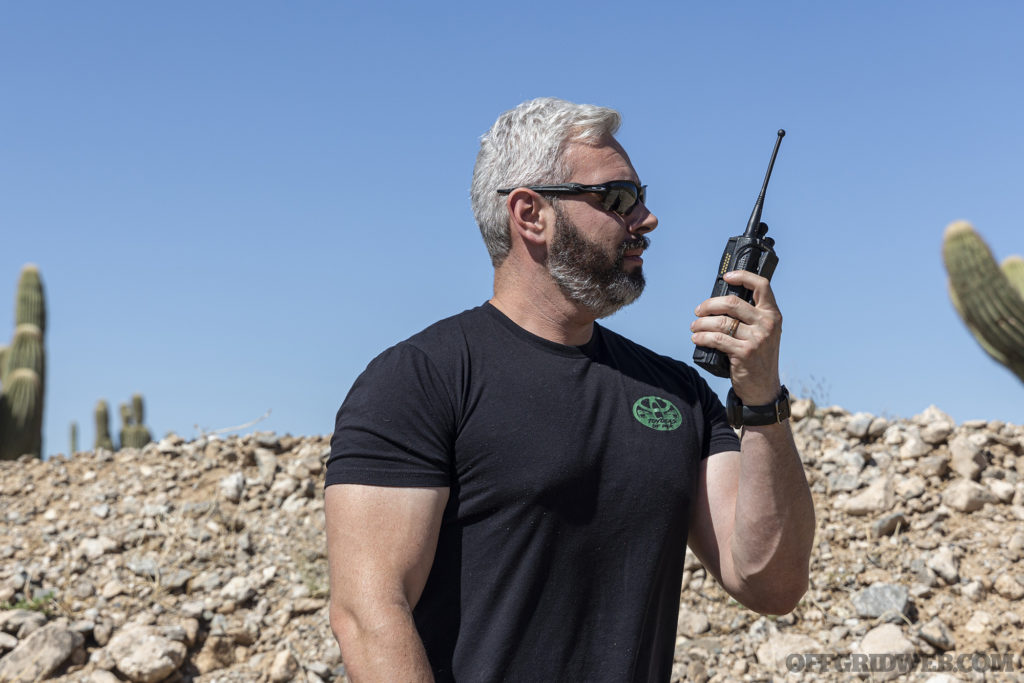
Encrypted Radios: Off Grid Comms Offers AES-256 Encryption for CiviliansOff Grid Comms offers ready-to-use encrypted radios for civilians. They're based on the P25 digital standard with AES-256 encryption.
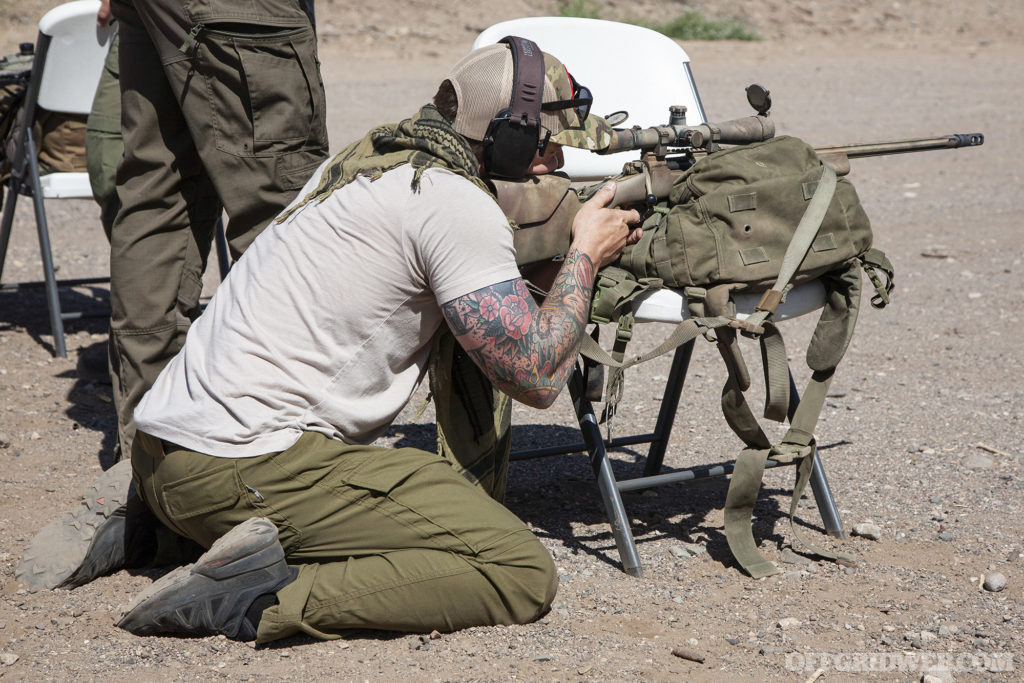
SniperFest: The Fundamentals of Sniper TrainingIn order to learn more about the skills of professional snipers, I attended the 9th Annual SniperFest training and competition event.
The post Desert Camouflage Tips from Greenside Training’s Arizona Camo Class appeared first on RECOIL OFFGRID.
By: Patrick McCarthy
Title: Desert Camouflage Tips from Greenside Training’s Arizona Camo Class
Sourced From: www.offgridweb.com/survival/desert-camouflage-tips-from-greenside-trainings-arizona-camo-class/
Published Date: Tue, 28 Mar 2023 23:37:38 +0000
-------------------------------------------------------------------------
Did you miss our previous article...
https://outdoorsnewswire.com/survivalist/can-you-eat-raw-corn-to-survive-is-it-safe
 CampingSurvivalistHuntingFishingExploringHikingPrivacy PolicyTerms And Conditions
CampingSurvivalistHuntingFishingExploringHikingPrivacy PolicyTerms And Conditions
